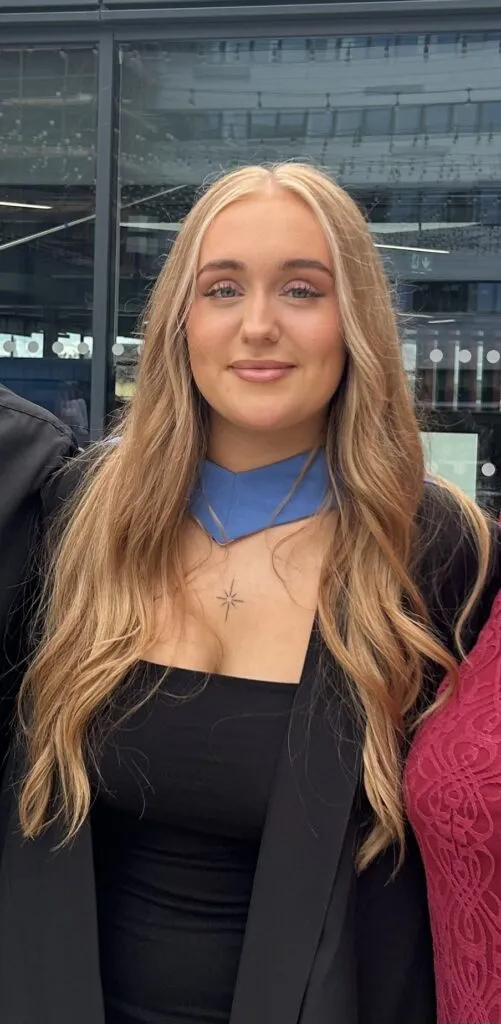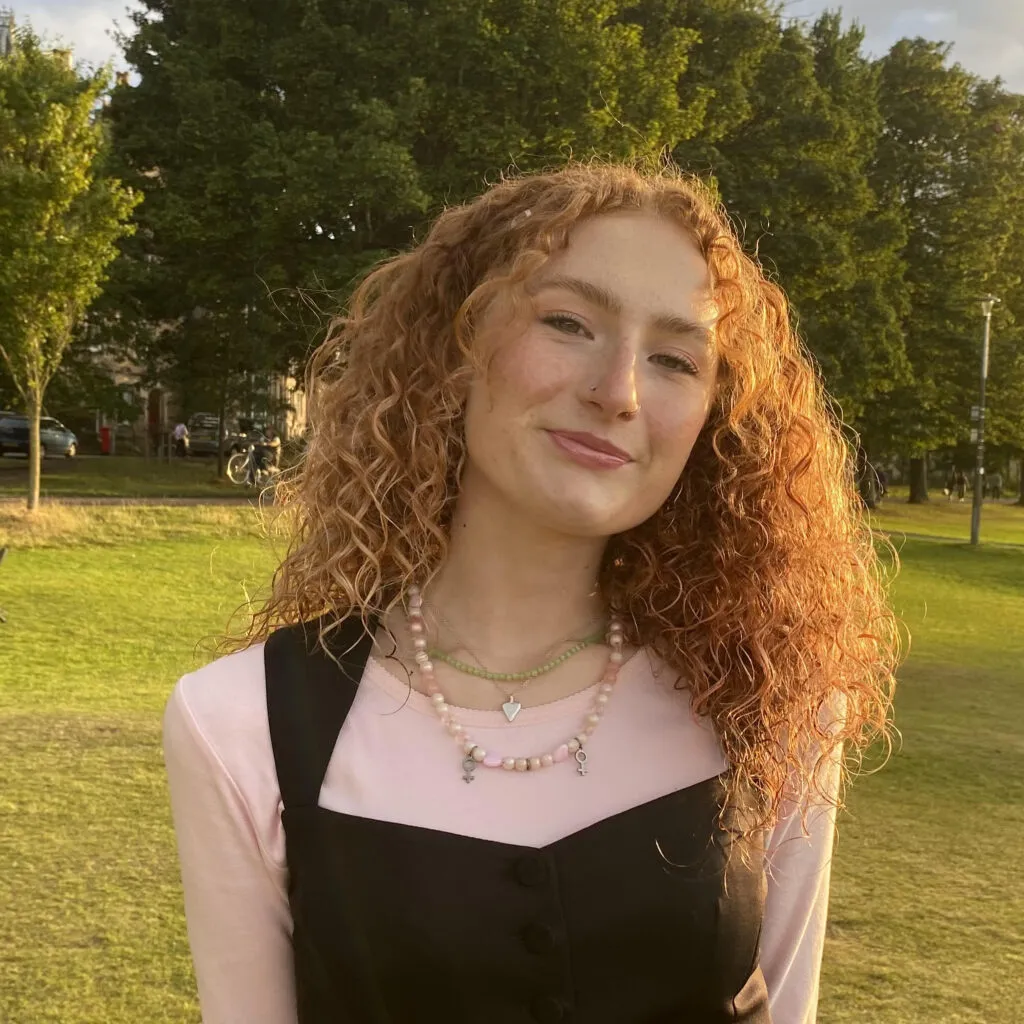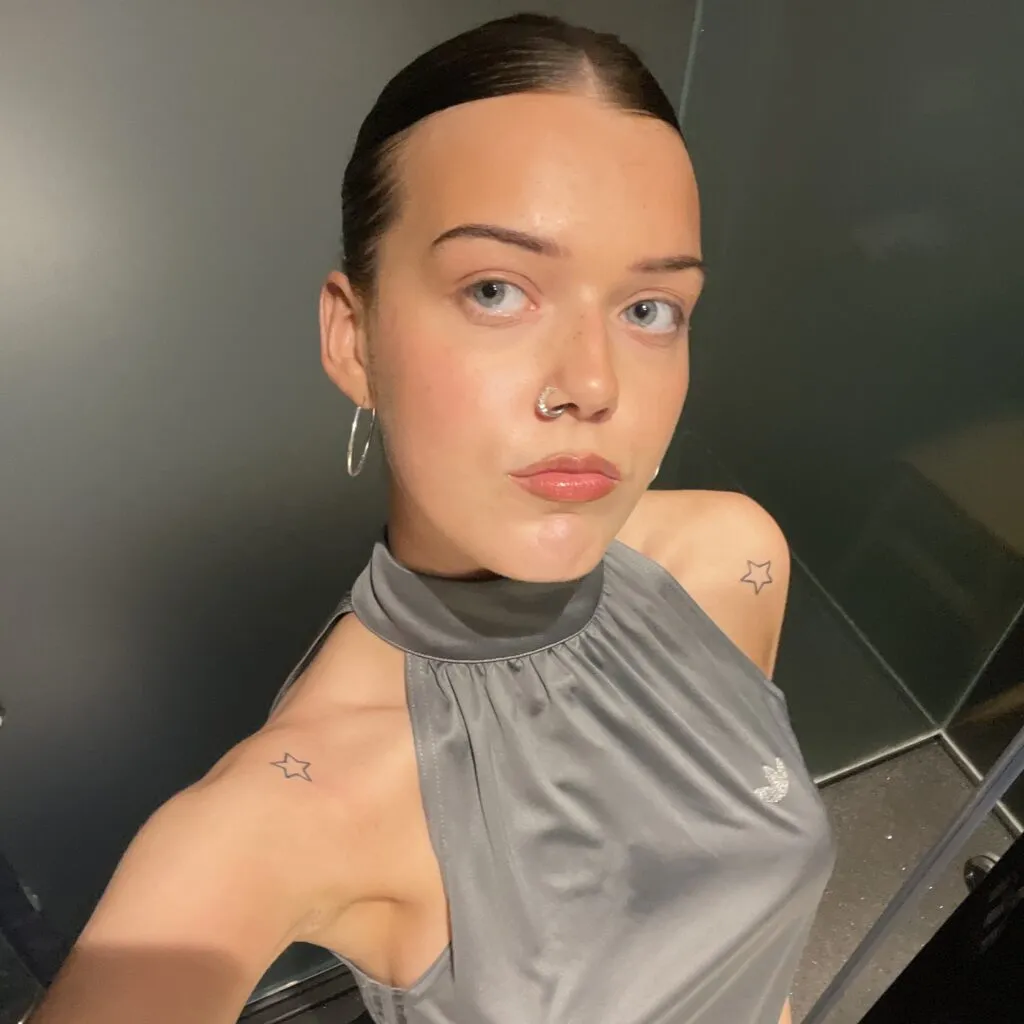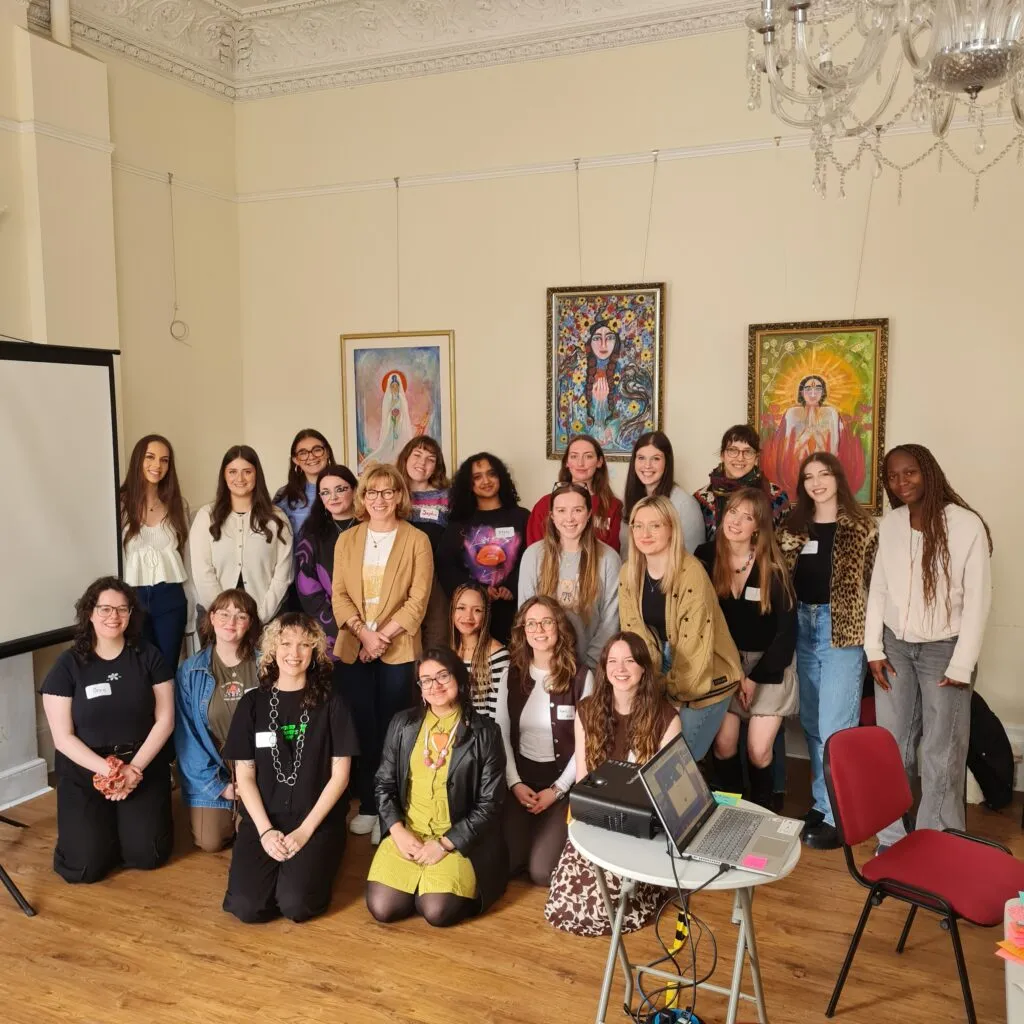Content warning: This blog post discusses some potentially upsetting topics regarding AI, Non-Consensual Intimate Image sharing, artificially-generated content and sexual digital forgeries.
In this article, Lauren discusses how this year’s Young Women Lead AI programme will impact her community work.
Since the start of the year I’ve been working with The Young Women’s Movement on their ‘Young Women Lead – AI’ project. Together we have been learning about AI from The Scottish AI Alliance and deepening our understanding on the risks AI could pose for young women and girls.
I’ve deepened my understanding of AI — not just the exciting innovations, but also the darker realities. Through my involvement, I’ve learned about how tools like image-generation technologies are being misused, particularly in ways that target and exploit women and girls.
One of the most disturbing things I’ve come across is how AI can be used to create fake but realistic indecent images without consent. These images can be circulated online, causing severe emotional and reputational harm. What makes this even more frightening is that the technology is becoming easier to access and harder to trace.
I’m a Family and Community Worker and I’ve worked in various roles in and out of schools and supporting young people. As someone who works closely with young women, I’ve seen the growing fear and confusion about how to protect themselves online. This programme gave me the knowledge and urgency to take action.
That’s why our Young Women Lead cohort developed the Guide to AI: a safe, informative space that provides young women, youth workers, and parents with clear guidance to understanding image abuse, and knowing their rights.
I really want to focus moving forward on educating and informing others that this technology is out there and readily available for people to use. A lot of parents I’ve met through my work have been cautious about AI and want to avoid it but sadly the reality is this technology is already being used daily by their children or themselves without even knowing. Many filters on Snapchat and TikTok are AI and contribute to the already damaging body image concerns that young people experience.
Moving forward, I’ll be using this knowledge to:
- Support young women in recognising the signs of image manipulation and how to respond safely.
- Advocate for stronger policies in schools and youth spaces around AI and image-based abuse.
- Educate young people and their parents on AI, teaching them not to fear it but embrace it and use it safely.
- Speak with young people and gain their views and ideas on what they think AI is and work together to create safer online spaces.
This isn’t just a tech issue, it’s a safeguarding one. My mission is to ensure that young women feel informed, empowered, and protected in an increasingly digital world.






